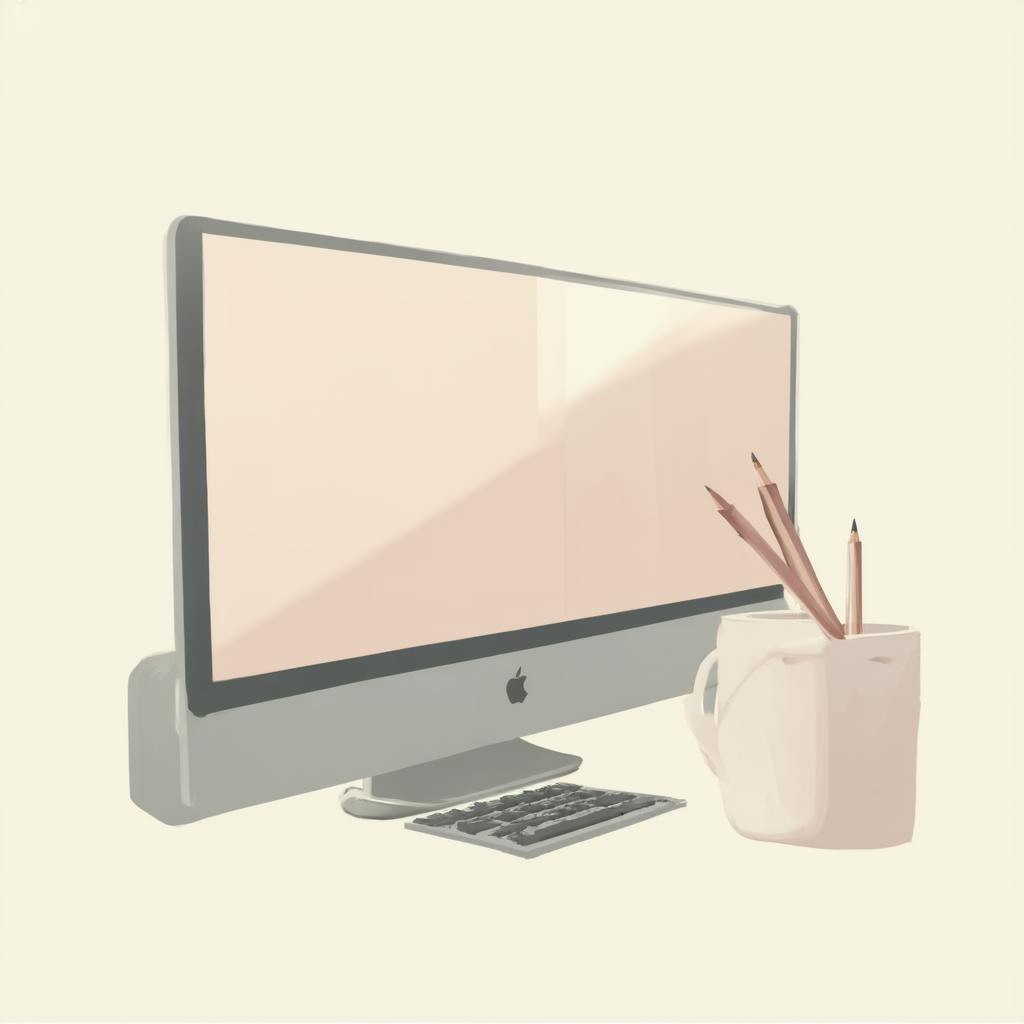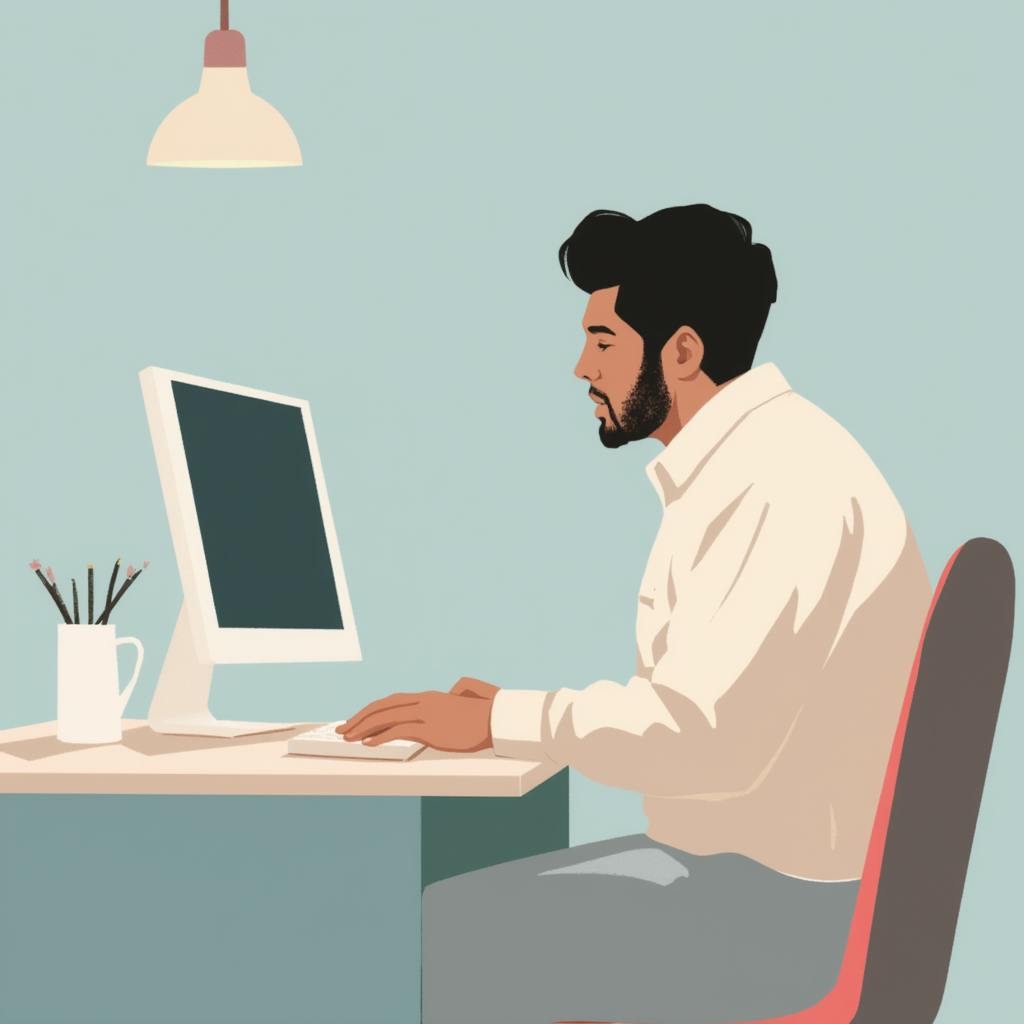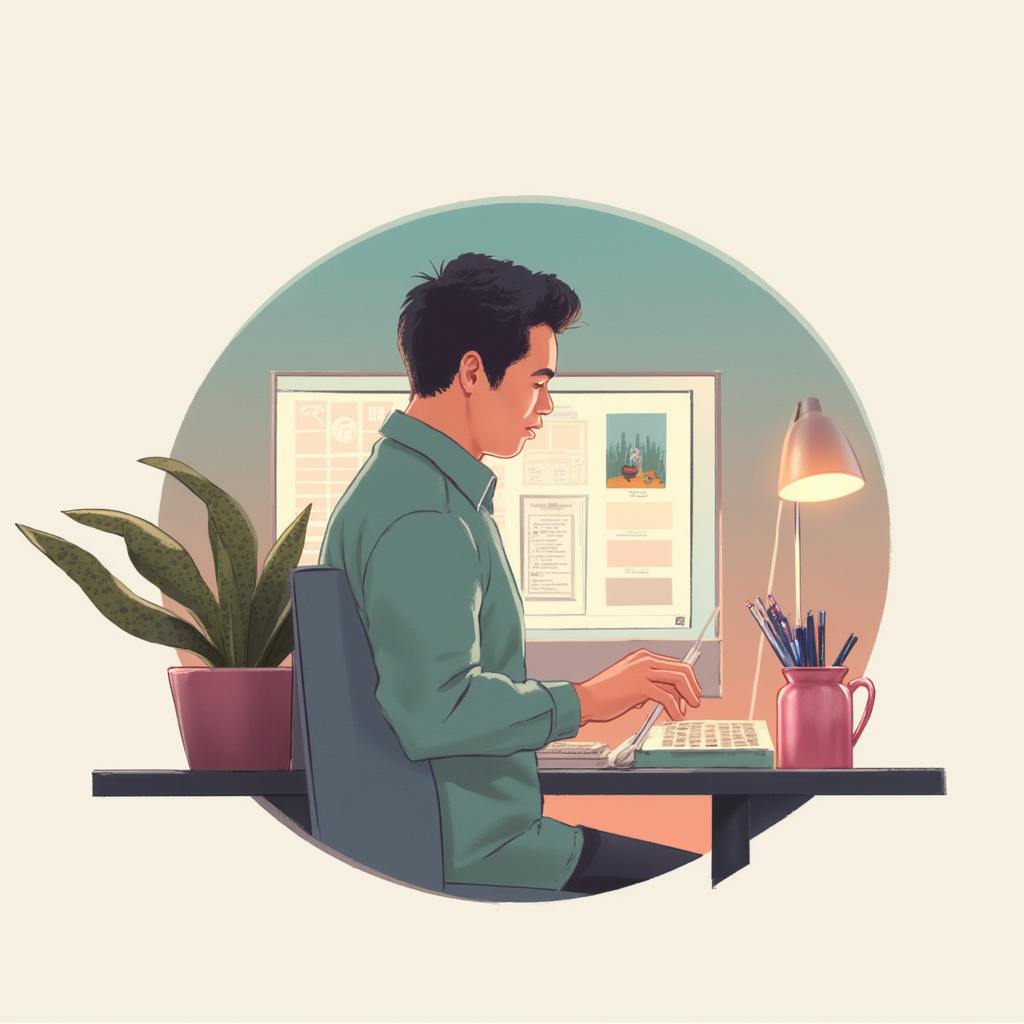A successful project relies heavily on the careful implementation of clearly defined design process steps. Whether you're crafting a new product, developing visual concepts, or refining a user experience, each phase of the design process serves as a cog in the wheel of creativity and productivity. Understanding and applying these systematic steps can significantly enhance the quality and effectiveness of your work, providing a roadmap that guides the project from conception to completion.
Setting the Foundation with Defined Stages
The design process generally follows distinct stages that typically include research, ideation, design, prototyping, testing, and implementation. Breaking the project into these manageable steps helps to streamline the workflow, allowing for effective time management and resource allocation.
- Research: This initial stage involves gathering information and understanding the project's context. It includes analyzing market trends, studying competitors, and assessing user needs. This data-driven approach ensures that the design solutions are relevant and user-centric.
- Ideation: In this phase, brainstorming sessions are pivotal. Designers explore a multitude of ideas, often employing techniques like sketching, mind mapping, and mood boarding to visualize concepts. The goal here is to generate a wide range of ideas and then refine them to align with project objectives.
- Design: Here, creativity takes the forefront. This stage involves developing detailed designs based on chosen ideas. Utilizing tools such as CAD software or design applications, designers create visual representations that give shape to concepts, ensuring alignment with the overall vision.
- Prototyping: A prototype is an experimental model of the design. This phase allows for physical testing of ideas without significant investment. Whether it's a wireframe for a digital interface or a scale model of a physical product, prototyping tests feasibility and functionality.
- Testing: In this critical phase, prototypes are evaluated in real-world scenarios. User testing and feedback sessions reveal potential issues, providing designers with opportunities to make necessary adjustments to enhance usability and user satisfaction.
- Implementation: The final step involves launching the design into the market or delivering it to clients. It requires close collaboration with other departments, such as marketing or manufacturing, to ensure a seamless rollout.

AI made with Dean Jones
Efficiency Through Structured Planning
When managing the myriad tasks involved in designing, efficient planning cannot be overstated. The design process steps provide a concise framework that helps teams maintain focus, minimize redundancy, and reduce time waste. By sticking to this structure, project managers ensure that every team member knows their role and objectives throughout the project lifecycle.
Driving Innovation Through Systematic Creation
What makes a design process compelling is its ability to drive innovation while maintaining structure. These steps encourage exploration and creativity within a manageable framework, balancing creative freedom with practical constraints. This blend of creativity and control often results in groundbreaking designs and successful project outcomes.
Establishing a Trustworthy Workflow
A recognizable and repeatable design process establishes credibility with clients and stakeholders. It reassures them that the project will proceed in an organized manner, adhering to high standards. This transparency in process builds trust, as both the design team and clients are aware of what to expect and when.
Frequently Asked Questions
What is the most important step in the design process?
While each step plays a crucial role, research is often considered the cornerstone. A comprehensive understanding of the project's background and user needs is vital for developing practical and innovative solutions.
How do design process steps enhance collaboration?
These steps offer a shared language and framework that promote clear communication and collaborative problem-solving across multidisciplinary teams. They ensure everyone involved has a common understanding of the project's goals and progress.
Can the design process steps be adapted to suit different industries?
Absolutely. The design process is inherently flexible and can be customized to meet the specific needs of various industries, whether in product design, graphic design, architecture, or UX/UI design.
Frequently Asked Questions: Understanding the Design Process Steps
Design is both an art and a science, requiring structured creativity and strategic thinking to solve problems effectively. As a seasoned Designer or Design Project Manager, I often get asked about the steps involved in the design process and how to optimize it for better results. Below, you'll find a comprehensive FAQ to help demystify this process.
What are the basic steps involved in the design process?
The design process typically follows a series of stages, each crucial for developing a thoughtful and functional design. Here's a brief overview of each step:
- Define the Problem: Every design task begins with a clear understanding of the problem. This involves gathering insights, understanding user needs, and defining objectives and constraints.
- Research and Gather Information: In-depth research provides the foundation for informed design decisions. This may include market research, user personas, competitive analysis, and inspirational resources.
- Ideation and Concept Development: This is the creative phase where brainstorming happens. Using techniques like sketching, mood boards, and mind mapping, designers explore a wide range of ideas to solve the problem at hand.
- Prototyping: It's crucial to create early models or prototypes. These can range from simple paper sketches to advanced digital mockups. Prototypes help iterate quickly and fail fast, leading to better designs.
- Testing and Feedback: Designs are tested with real users to gather feedback. This helps identify issues, understand user interaction, and refine the product. Testing can involve A/B testing, usability testing, or user interviews.
- Refinement and Iteration: Based on feedback, the design undergoes iterations to resolve issues identified during testing. Refinement continues until the design meets the goals and user needs satisfactorily.
- Launch and Implementation: The final design is handed over for development and implementation. It's essential to ensure seamless collaboration between designers and developers during this step.
- Evaluation and Reflection: Post-launch, the design's performance is evaluated against the initial objectives. This reflection helps derive learnings and insights for future projects.
How do effective creative workflows impact the design process?
Effective creative workflows streamline the design process, facilitating smoother transitions between stages and better outcomes. Here’s how they impact the process:
- Increases Efficiency: A well-structured workflow can reduce redundancy and minimize bottlenecks, making the design process quicker and more efficient.
- Enhances Communication: Clear workflows establish guidelines for communication among team members, ensuring that everyone is on the same page and reducing misunderstandings.
- Promotes Consistency: Established workflows allow for maintaining consistency across different projects, resulting in high-quality deliverables that align with brand standards.
- Facilitates Problem Solving: By laying out a clear path, workflows help in addressing issues proactively. They encourage a systematic approach to identifying and solving design challenges.

AI made with Dean Jones
How can I optimize each step of the design process?
Optimizing the design process involves refining each step to maximize quality and efficiency. Here are some strategies:
- Lean Problem Definition: Use concise problem statements and SMART objectives (Specific, Measurable, Achievable, Relevant, Time-bound) to hone focus on what's truly important.
- Comprehensive Research: Dedicate time to understanding user needs deeply. Utilize both qualitative and quantitative research methods to collect comprehensive data.
- Diverse Ideation Techniques: Encourage diversity in ideation sessions, involving cross-functional teams to bring fresh perspectives. Use tools like design thinking and lateral thinking to spark creativity.
- Rapid Prototyping: Embrace tools that allow quick prototyping. This reduces time between iterations, making it easier to gather feedback and adapt designs.
- Structured Testing: Establish clear testing protocols. Use metrics and KPIs to evaluate the effectiveness of designs, and apply tools like heatmaps or eye-tracking for in-depth analysis.
- Iterative Improvement: Foster a culture of continuous improvement. Encourage teams to learn from every project and incorporate insights into future designs.
- Smooth Handoffs: Use collaborative platforms for seamless handoffs to development teams. Make sure documentation is clear and comprehensive.
What role does collaboration play in the design process steps?
Collaboration is foundational in the design process, driving innovation and ensuring that solutions are well-rounded and effective. Here’s how collaboration enhances the process:
- Diverse Perspectives: Collaborative efforts bring together individuals with varied expertise, leading to more creative solutions that consider multiple user and business perspectives.
- Cross-Functional Synergy: Involving team members from different departments ensures that all aspects, from design aesthetics to technical feasibility, are taken into account.
- Feedback Loops: Open lines of communication foster an environment where feedback is continuously shared. Constructive criticism helps in refining ideas and avoiding potential pitfalls.
- Alignment and Buy-In: Regular collaboration ensures alignment on project goals and priorities. This increases team buy-in and commitment to the project's success.
- Shared Learning and Growth: Working collaboratively not only benefits the project but also enhances the skills and knowledge of all team members involved, contributing to personal and professional growth.
Conclusion
In summary, the design process steps serve as a vital framework for effective creative workflows, from research and ideation to implementation. By providing clarity, efficiency, innovation, and credibility, they ensure that designs are both functional and aesthetically pleasing. Embracing these structured steps can transform any design challenge into a successful outcome, fostering a culture of excellence and innovation within creative teams.

